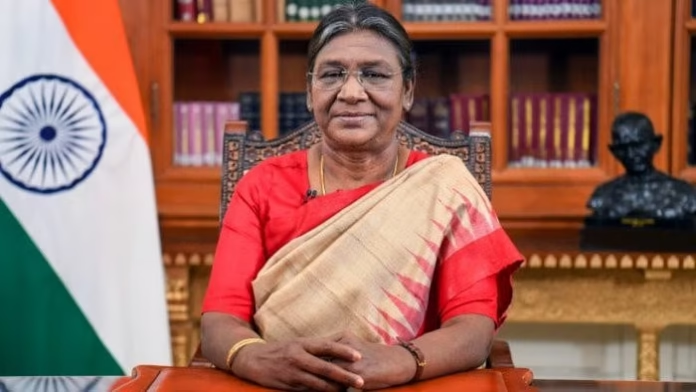In a major political development, President’s Rule has been imposed in Manipur following the resignation of Chief Minister N. Biren Singh. The move comes amid escalating political and administrative challenges in the state. Additionally, the state’s legislative assembly has been placed under suspended animation, effectively bringing governance under the direct control of the Union Government.
The Ministry of Home Affairs (MHA) issued an official notification confirming the imposition of central rule in Manipur. The decision was made as per Article 356 of the Indian Constitution, which allows the President of India to assume all executive powers of a state when its government is unable to function in accordance with constitutional provisions.
Why Was President’s Rule Imposed in Manipur?
The imposition of President’s Rule in Manipur follows a period of political instability, governance issues, and security concerns in the state. The resignation of Chief Minister N. Biren Singh marked a turning point, leading to the central government taking direct charge.
Key Reasons Behind President’s Rule in Manipur:
- Resignation of CM N. Biren Singh
- The departure of the Chief Minister created a political vacuum, making it difficult for the state government to function smoothly.
- Breakdown of Constitutional Machinery
- The Ministry of Home Affairs (MHA) determined that governance in Manipur had become untenable under the existing circumstances.
- Suspended Animation of the Legislative Assembly
- The state assembly has been placed under suspended animation, meaning that while it has not been dissolved, it cannot function until further notice.
- Invoking Article 356 of the Constitution
- As per the notification, President Droupadi Murmu has assumed all executive powers of the Manipur government, including those previously vested in or exercisable by the Governor.
- Security and Administrative Concerns
- Ongoing law and order challenges in Manipur may have contributed to the decision, necessitating central intervention to restore stability.
Understanding Article 356: The Constitutional Basis for President’s Rule
Article 356 of the Indian Constitution empowers the President of India to impose President’s Rule in a state if its government is unable to function according to constitutional provisions.
What Happens When President’s Rule is Imposed?
- The state government is dissolved or placed under suspended animation.
- The President assumes all executive powers, effectively bringing governance under the Union Government.
- The Governor of the state acts as the central government’s representative.
- The legislative assembly is either dissolved or suspended, preventing it from enacting laws.
- The central government administers the state directly until normalcy is restored.
This provision has been invoked multiple times in India’s history to address political crises and governance failures in different states.
Political Reactions to President’s Rule in Manipur
The imposition of President’s Rule has triggered strong reactions from political leaders and parties across the country.
Reactions from Key Stakeholders:
- BJP Leadership:
- The ruling party at the Centre has defended the move, citing administrative necessity and the need to restore constitutional order.
- Opposition Parties:
- Opposition leaders have criticized the decision, calling it an example of central overreach and urging for early elections in the state.
- Public Response:
- The people of Manipur have expressed mixed reactions, with some hoping for better governance under central rule, while others fear delays in the democratic process.
What’s Next for Manipur?
With President’s Rule now in effect, several possible developments could unfold in the coming months:
- Governor’s Role in Administration
- The Governor of Manipur will oversee governance, with key decisions being made by the Union Government.
- Possibility of Fresh Elections
- If the situation stabilizes, new state elections may be announced to restore a democratically elected government.
- Focus on Law and Order
- Security measures and administrative actions may be prioritized to ensure peace and stability in the state.
- Review of the Situation by the Centre
- The Union Government will periodically assess whether President’s Rule should continue or be lifted.
A Critical Phase for Manipur’s Governance
The imposition of President’s Rule in Manipur is a major political development that underscores the challenges facing the state. With the resignation of CM N. Biren Singh, governance has been brought under central control, raising important questions about Manipur’s political future.
While some see this as a necessary step to restore stability, others believe that quick elections should be held to reinstate democratic governance. As the situation unfolds, the role of the Union Government and the Governor will be crucial in determining the next steps for Manipur.
For now, President Droupadi Murmu and the Ministry of Home Affairs will oversee state administration, ensuring that constitutional order is maintained. The coming months will reveal whether Manipur heads toward early elections or continues under President’s Rule for an extended period.




